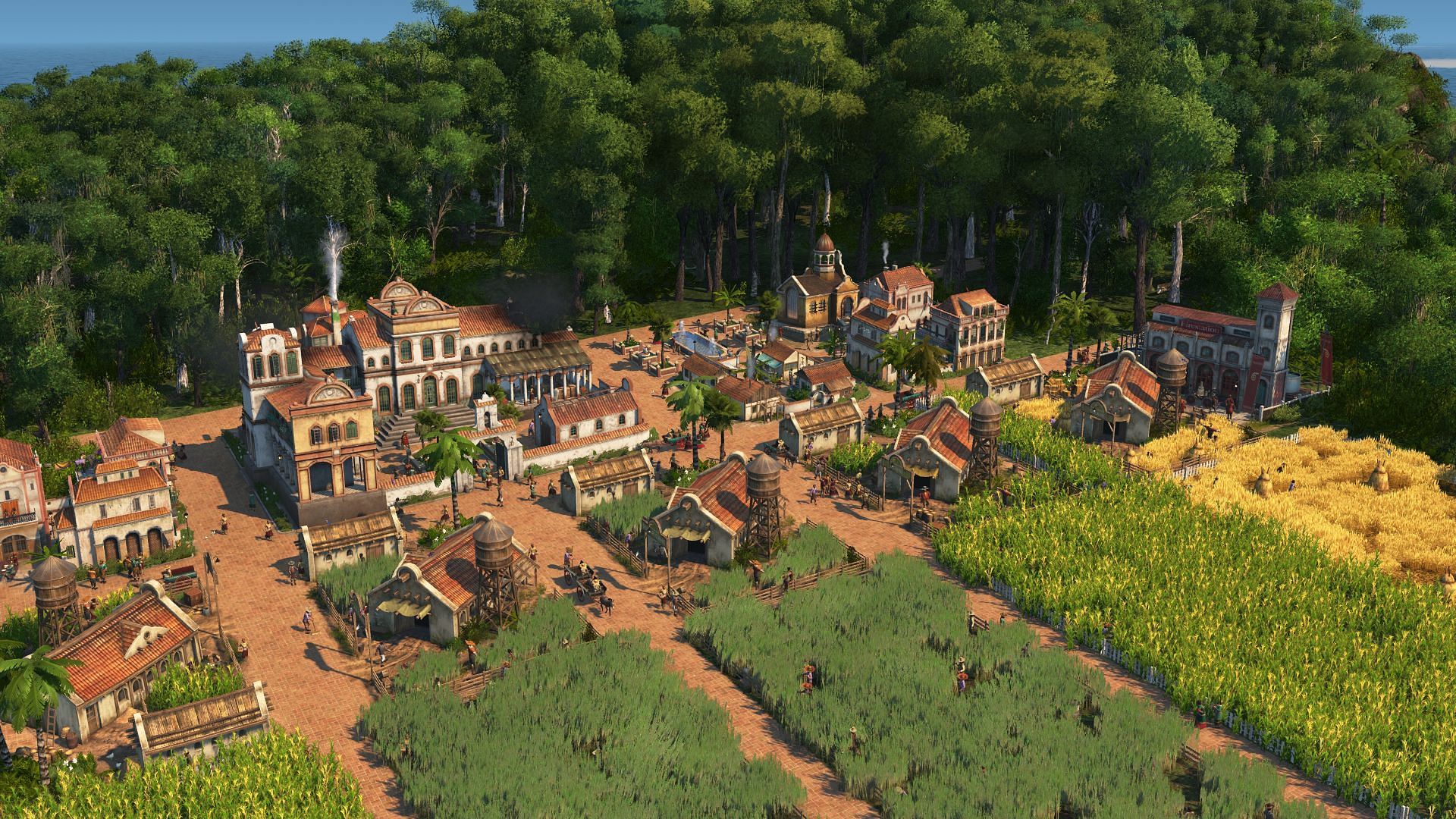

The Python packages can be installed from a cmd window with: pip install numpy pandas matplotlib Pillow.You must have Python: Do the opposite of the install recommendations: Activate the PATH checkbox and do not install for all users.That map contains the old world, cape area and new world, because these are the worlds where the seed has an impact. The finder will also visualize the map with islands and NPCs. The finder will aggressively try to reuse baseline files, so if you changed the unwanted islands and want to create a baseline from scratch, you must go into the seeds folder and manually delete the existing baseline file. In particular, the number of NPCs and pirates has only a tiny impact on the score and no impact on whether islands have rivers or not, so the same baseline can be used for any NPC/pirate combination.

This makes it easy to visualize multiple seeds or tweak the requirements. Because relatively few seeds are left, refinement takes just a second to run. The seed refinement loads the seeds created in step 1 from disk.The riverless baseline for the five old world maps is already included. If no unwanted islands are defined, runtimes are roughly 4 times longer. Performance is roughly 1 million seeds per second per CPU core, which means comfortable 2.5 minutes runtime on a 5950X. The baseline filtering brute forces through all 2147483648 possible seeds to discard universally bad islands (e.g.Both do the same thing but they still have their purpose. The finder works in two iterations, baseline filtering and then a fast seed refinement step. The map type, map size, island size and island difficulty can be adjusted. The obvious choice here are islands with rivers. These islands may not appear in their respective world. To speed up things, it also allows a list of unwanted islands. The default scoring is the number of buildable land tiles. The finder goes through all seeds to find those with the highest scores.


 0 kommentar(er)
0 kommentar(er)
